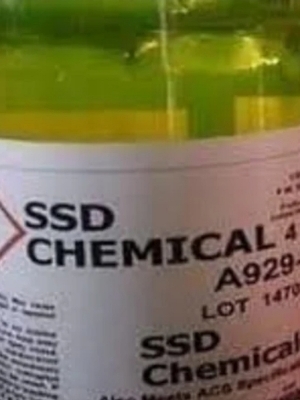Ssd Chemical Solution And Activation Powder, SSD, or Small Particle Reagent, is often mistakenly conflated with other forensic chemicals, but in forensic science, specialized chemical solutions are used to detect fingerprints on surfaces. These solutions, including certain silver-based reagents, are typically composed of carefully controlled compounds designed for professional forensic use.
Key Points About SSD and Activation Powders:
- Purpose in Forensics
SSD chemical solutions and activation powders are primarily used in crime scene investigations to enhance latent fingerprints on non-porous surfaces such as glass, metal, or plastic. When applied correctly, they make the fingerprint ridges visible for photography and evidence collection. - Scientific Basis
The chemical reaction involved in these solutions often relies on metallic ions interacting with residues left by fingerprints, such as sweat or oils. This causes the fingerprint pattern to become visible through a change in color or contrast. - Safety Considerations
These reagents are highly toxic and corrosive, requiring strict handling procedures, including gloves, eye protection, and fume hoods. Only trained forensic professionals should use them. Improper use can result in chemical burns, poisoning, or other serious hazards. - Legal and Ethical Use
SSD solutions and activation powders are controlled substances in many countries. They are legally restricted to law enforcement and forensic laboratories. Unauthorized possession or use is a criminal offense. - Alternatives for Education
For classroom or educational purposes, safe substitutes like fingerprint powders, magnetic powders, or ninhydrin sprays for porous surfaces can demonstrate fingerprint visualization without the risks associated with hazardous chemicals.
Conclusion
SSD chemical solutions and activation powders are powerful tools in forensic science, enabling the recovery of critical evidence. However, due to their toxicity and legal restrictions, they are strictly for professional use. For hobbyists, students, or educators, safe alternatives exist to explore the fascinating science of fingerprints without danger.
You Might Also Like These:


